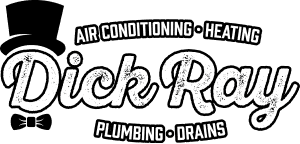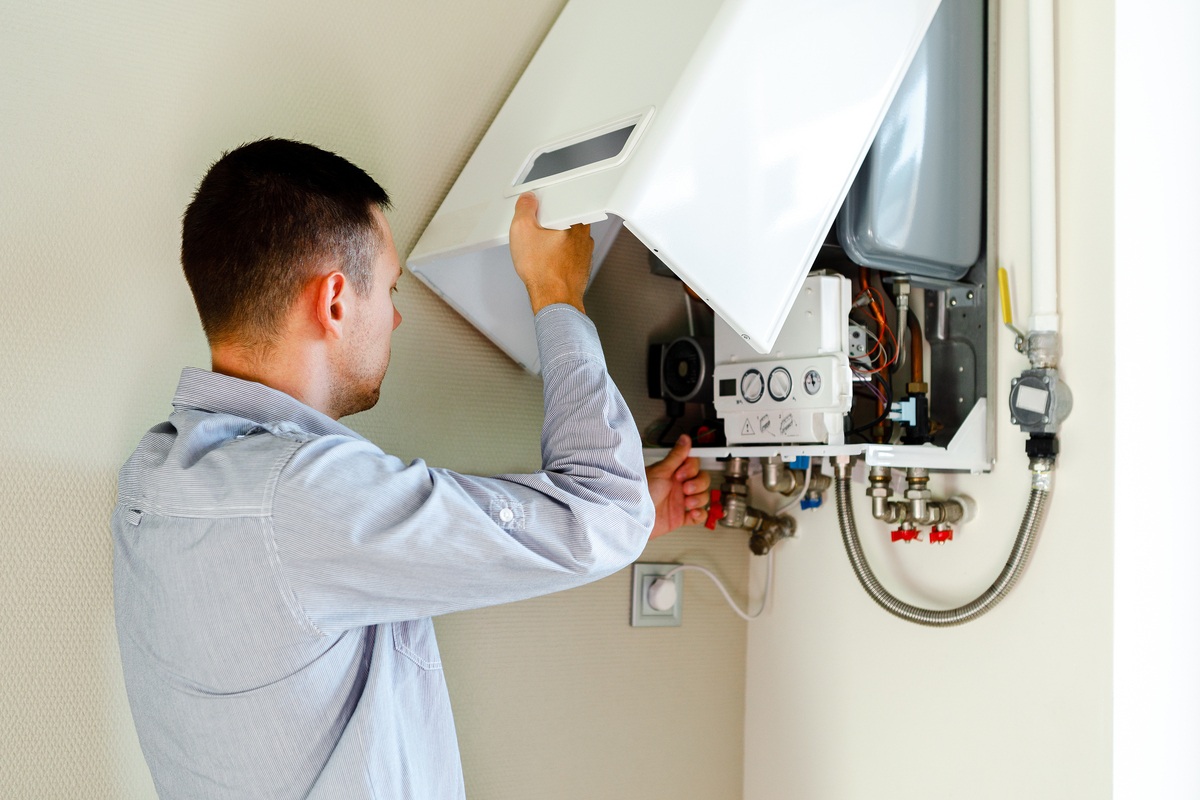If your home never feels as comfortable as it should, the issue might not lie with your furnace or AC. In many cases, the thermostat is the problem—a small but critical component that can cause uneven temperatures, short cycling, or even complete system failure. At Dick Ray, we’ve helped many homeowners discover that a simple thermostat fix or replacement was all it took to restore comfort and efficiency.
In this post, we’ll walk you through the common signs that your thermostat might be the real troublemaker.
1. Short Cycling or Rapid On-Off Patterns
If your system turns on and off more often than it should, it might be short cycling—and your thermostat could be the cause.
Thermostat Placement Can Cause Short Cycling
One common cause of short cycling is poor thermostat location. If the thermostat is too close to a vent, it may sense the air blowing directly on it and falsely assume the room has reached the right temperature. That leads to your HVAC shutting off prematurely.
Likewise, if the thermostat is installed too low on the wall, it might not give an accurate reading of the actual room temperature.
2. You’re Still Using an Older Mercury Thermostat
Old thermostats with mercury switches aren’t very accurate. If your system seems inconsistent, it could be because the thermostat’s reading is off by several degrees.
Why Digital Is the Better Option
Older thermostats often had a swing range of several degrees, meaning your HVAC could kick on or off too late. New digital thermostats have a tighter accuracy range—typically within half a degree. That small improvement can make a big difference in comfort and energy savings.
If your home still has an older mercury thermostat, we highly recommend upgrading to a digital model.
3. Mode Switching Issues: Heat to Cool or Vice Versa
Have you ever switched your system from heat to cool—or the other way around—and something just didn’t work right afterward? That could be a problem triggered by your thermostat.
Wait Before Switching Modes
Furnace circuit boards don’t always handle sudden mode changes well. If your thermostat is calling for heating or cooling and you switch it mid-cycle, you risk creating a problem in the control board.
The best approach? Let the heating or cooling cycle finish completely. Then, make your switch. Or better yet, drop the temperature and leave it in the same mode until it’s safe to change.
4. Dirt, Paint, or Debris Interfering with Temperature Sensors
A thermostat covered in dust, paint, or residue may not work properly. This happens more often than you might think—especially after home improvement projects.
Don’t Block or Paint Over Your Thermostat
If you’ve recently painted your house or done remodeling work, check your thermostat. Paint, drywall dust, or even a temporary cover can block the sensors and interfere with accurate readings.
Make sure nothing is covering the thermostat and that the casing is clean and free of debris.
5. Loose Wiring Behind the Thermostat
A wire that’s even slightly loose can lead to an inconsistent system. One minute it works, the next it doesn’t. This is surprisingly common in older thermostats.
Loose Wire Symptoms
If your system is behaving unpredictably—like working some days and not others—it could be as simple as a wire that’s no longer making a solid connection behind the thermostat.
A professional HVAC technician can safely check and secure those wires for you.
6. How to Test If Your Thermostat Is Working
If you’re not sure whether your thermostat is a problem, here’s a quick test you can do:
- Set the thermostat to “Fan On”: This should immediately turn on the indoor fan.
- Switch it to “Cool” and set the fan back to “Auto”: If the outdoor unit turns on but the indoor fan doesn’t, go back to “Fan On.”
- If the fan still doesn’t come on, then you’ve likely narrowed the problem down to either the furnace or the thermostat.
This simple test helps confirm whether your thermostat is getting power and communicating correctly with your system.
In Summary
When your system isn’t performing the way it should, it’s important to consider whether your thermostat is a problem. Whether it’s an old mercury model, a loose wire, or an issue caused by paint or dust, the thermostat can cause a wide range of HVAC headaches. Even short cycling and mode switching troubles often trace back to it. If any of these issues sound familiar, we’re here to help. Contact us today to check your thermostat, make repairs, or upgrade to something more reliable.




